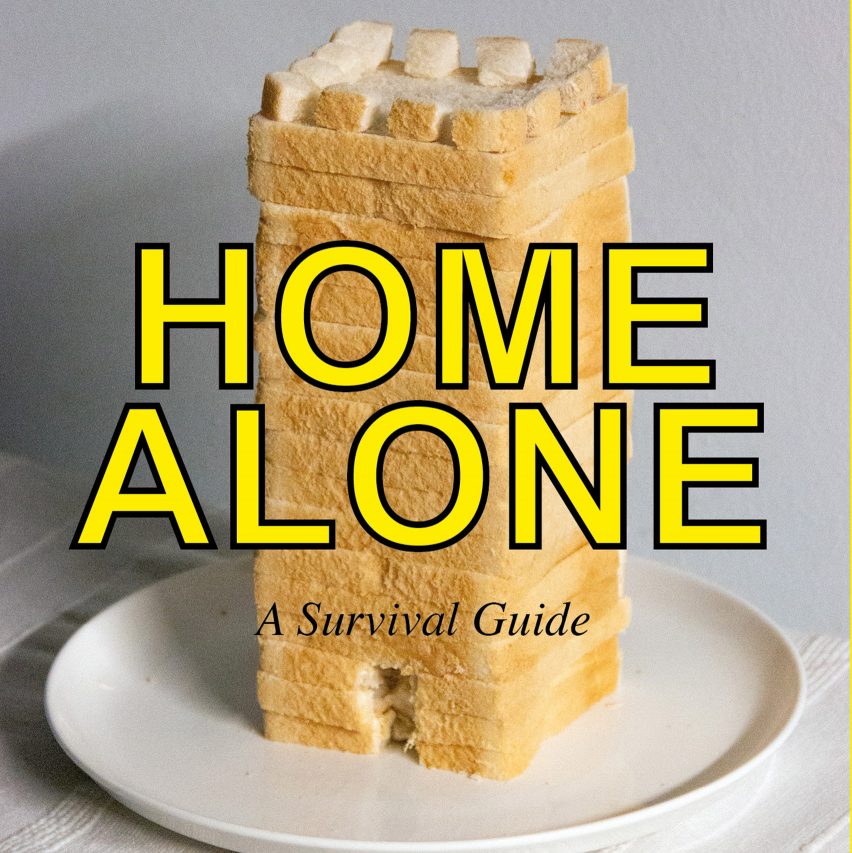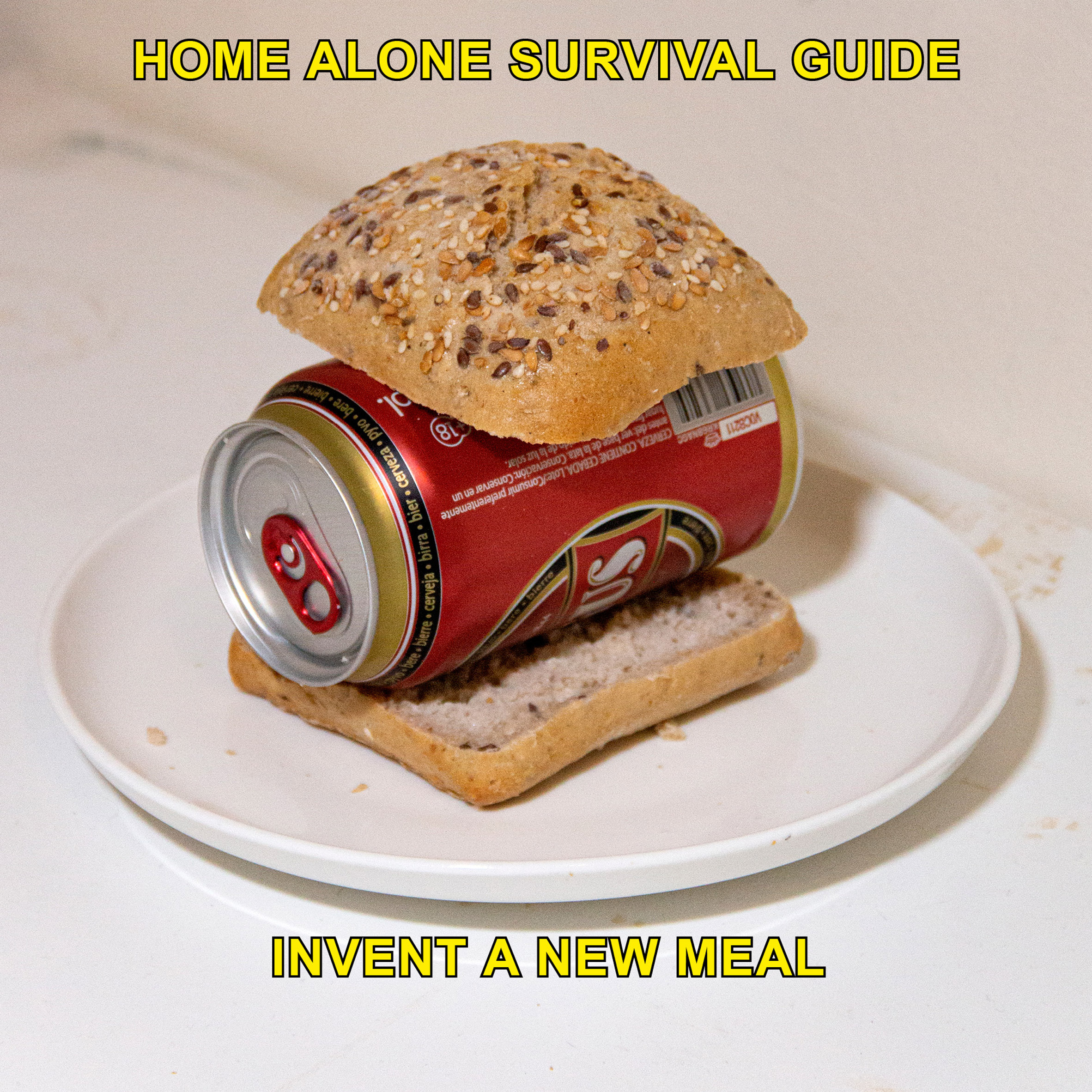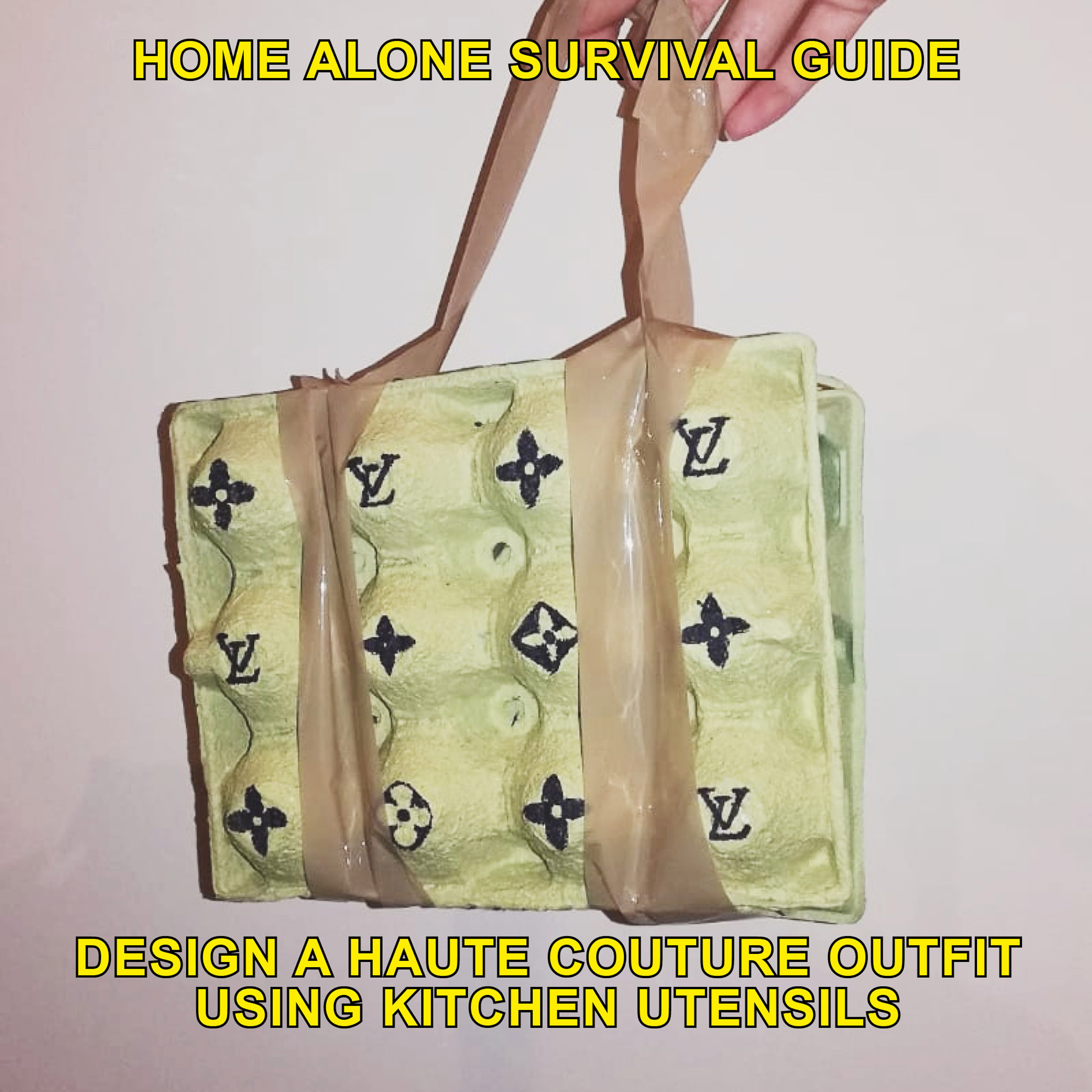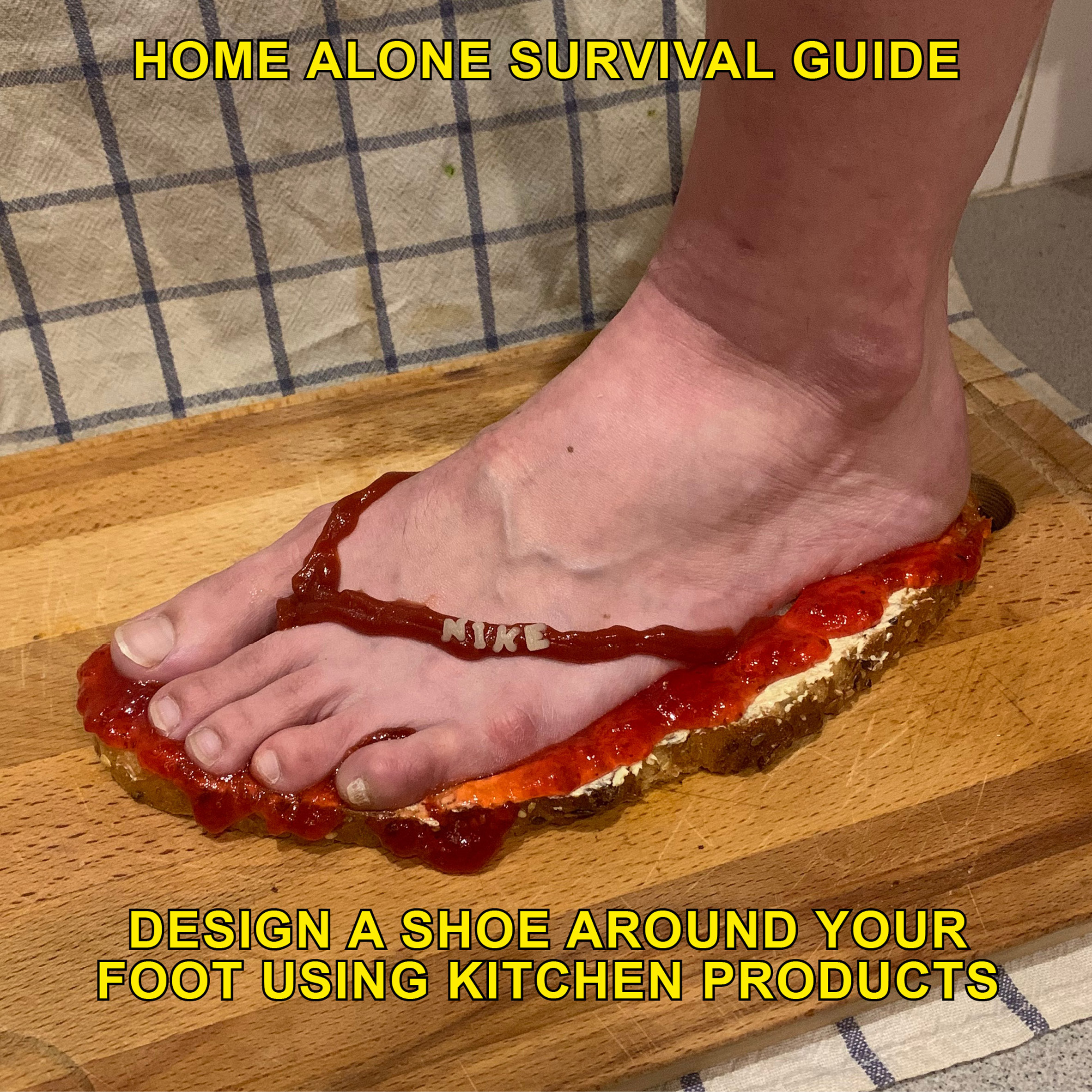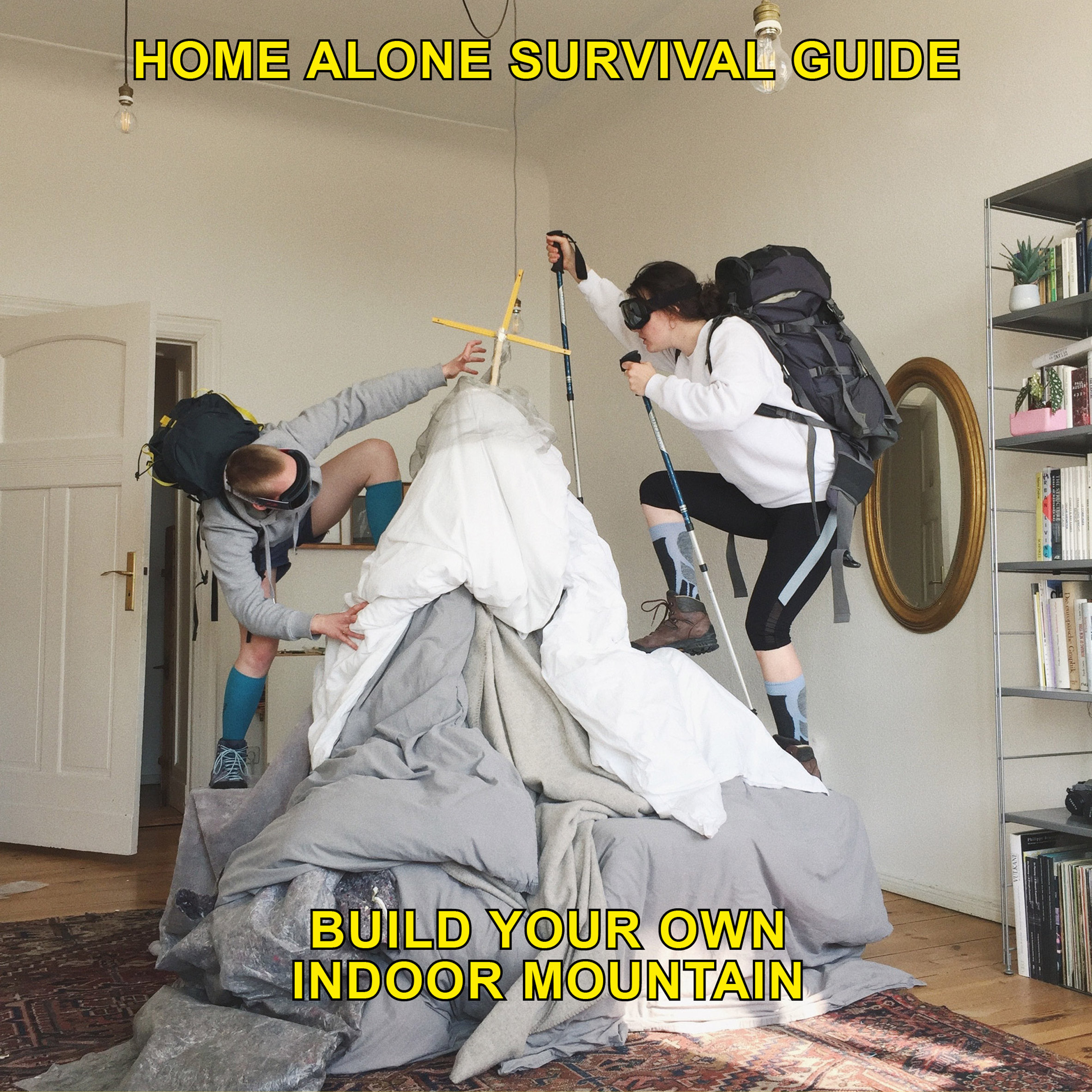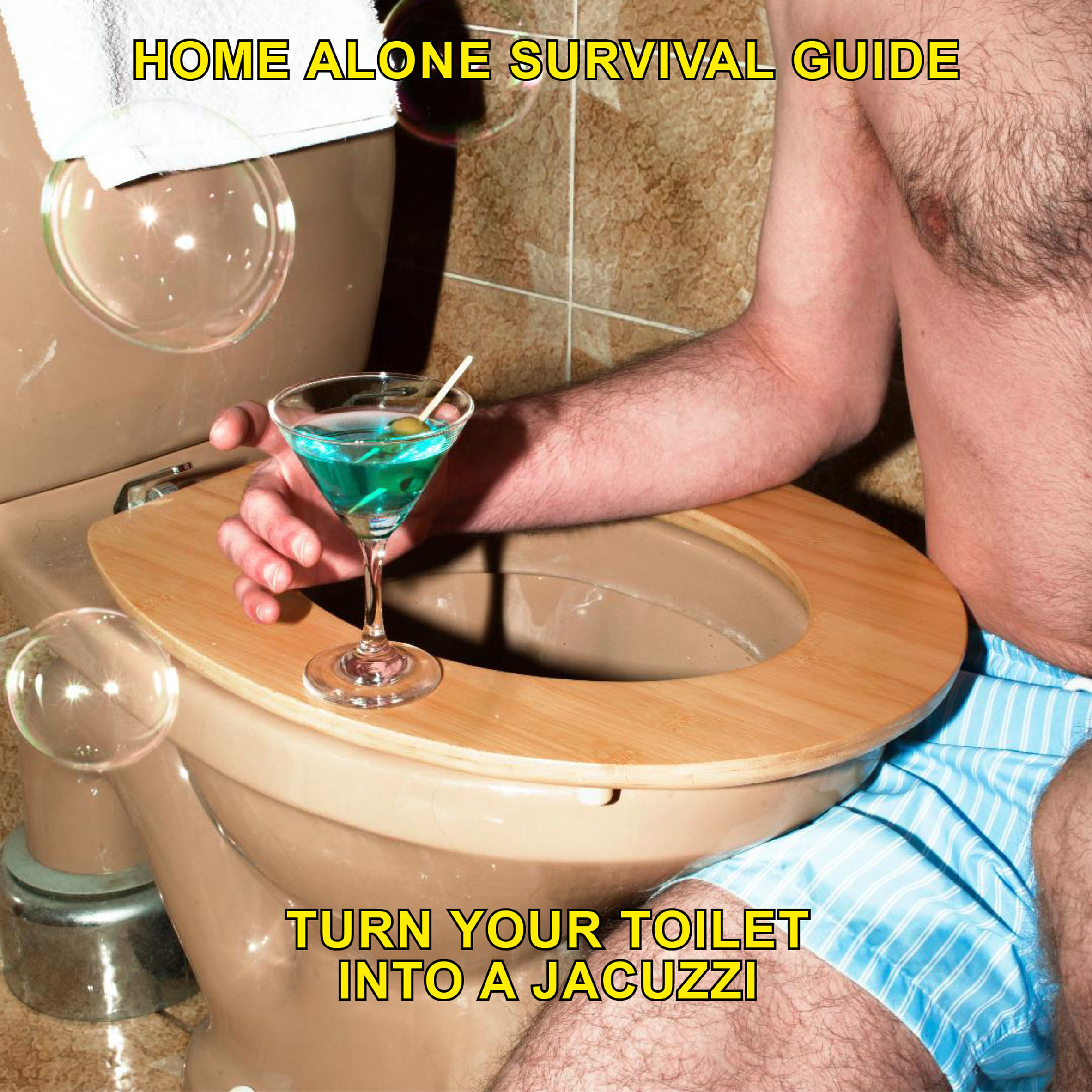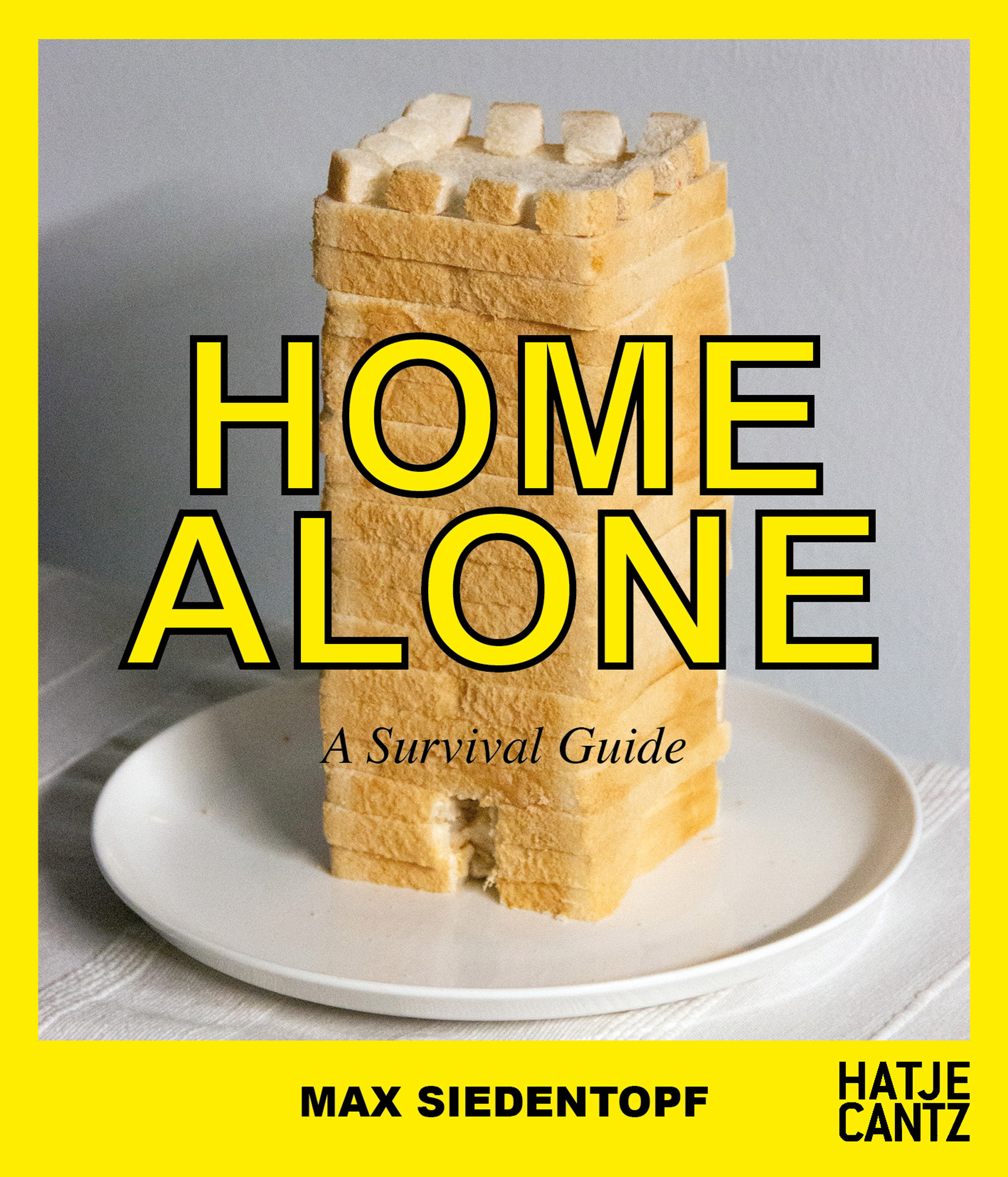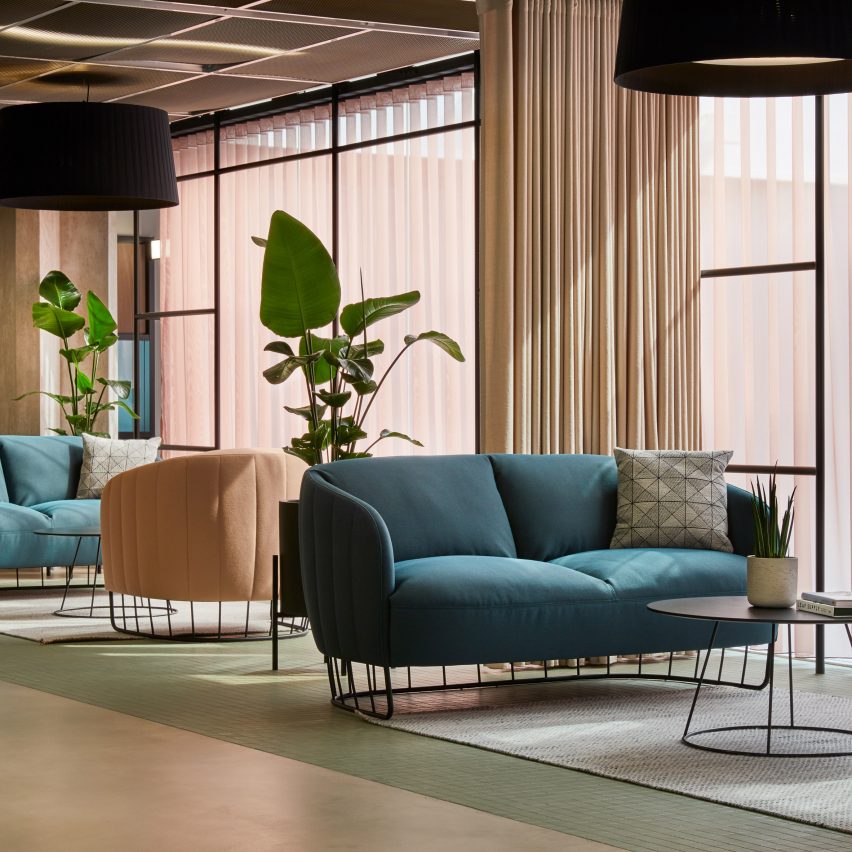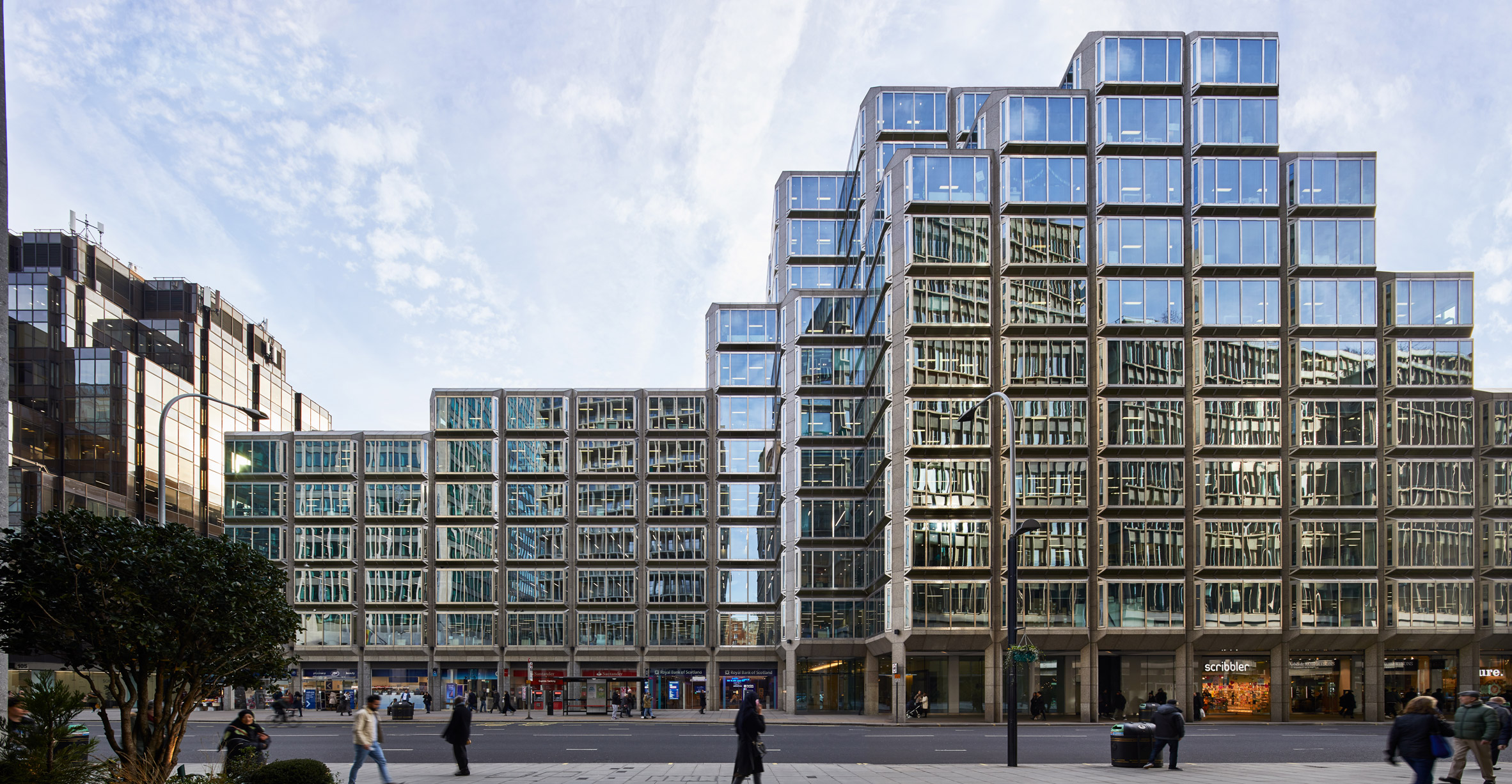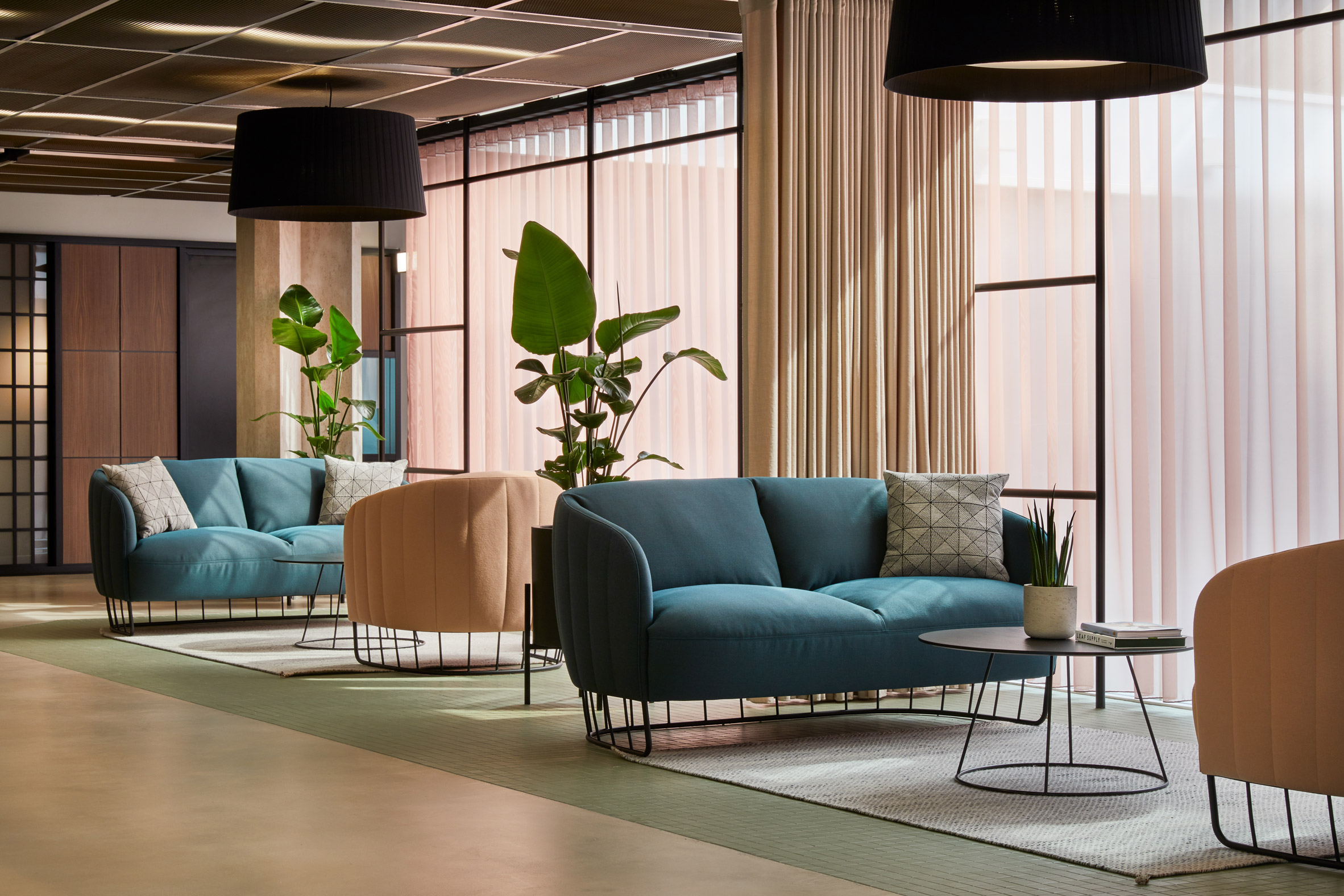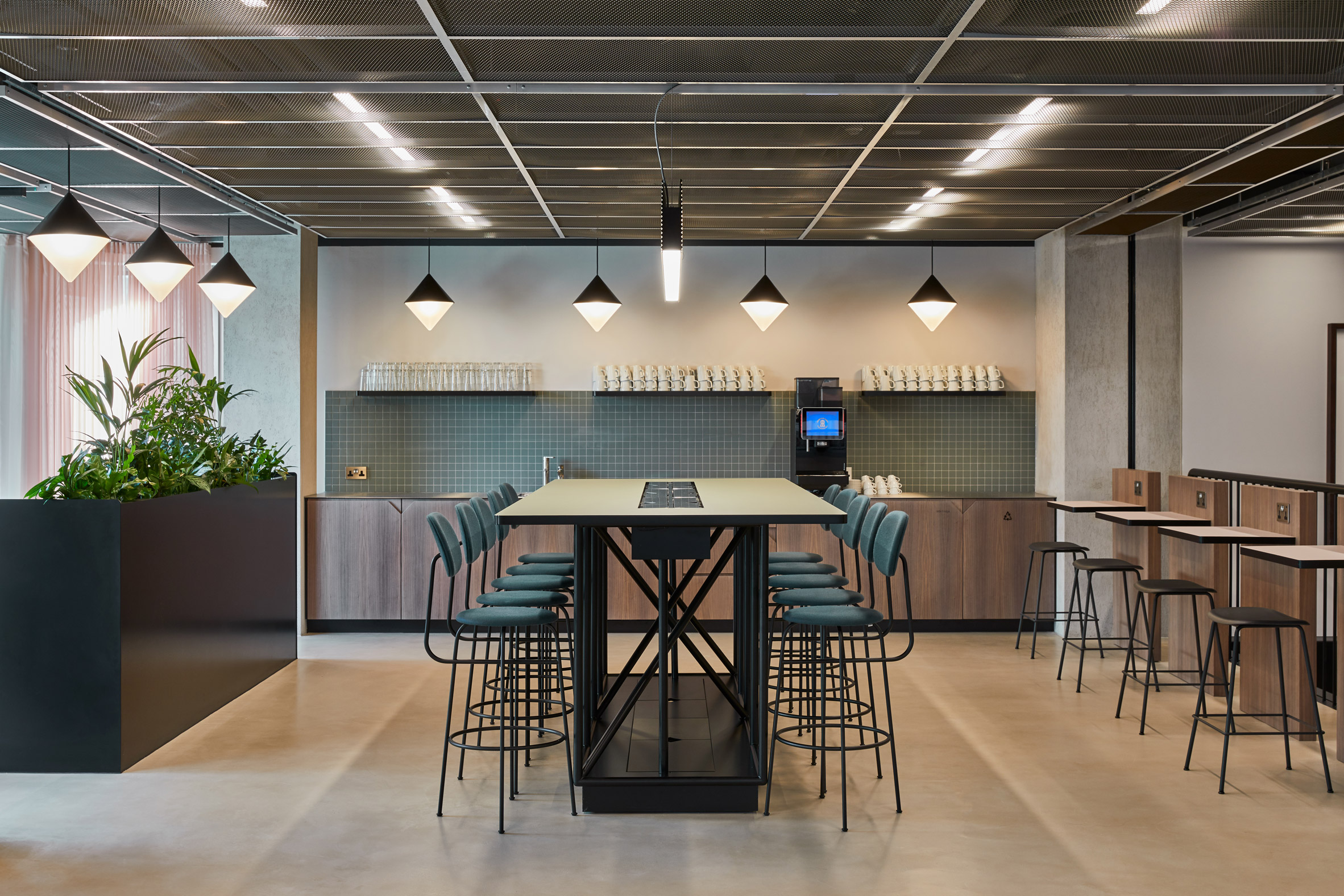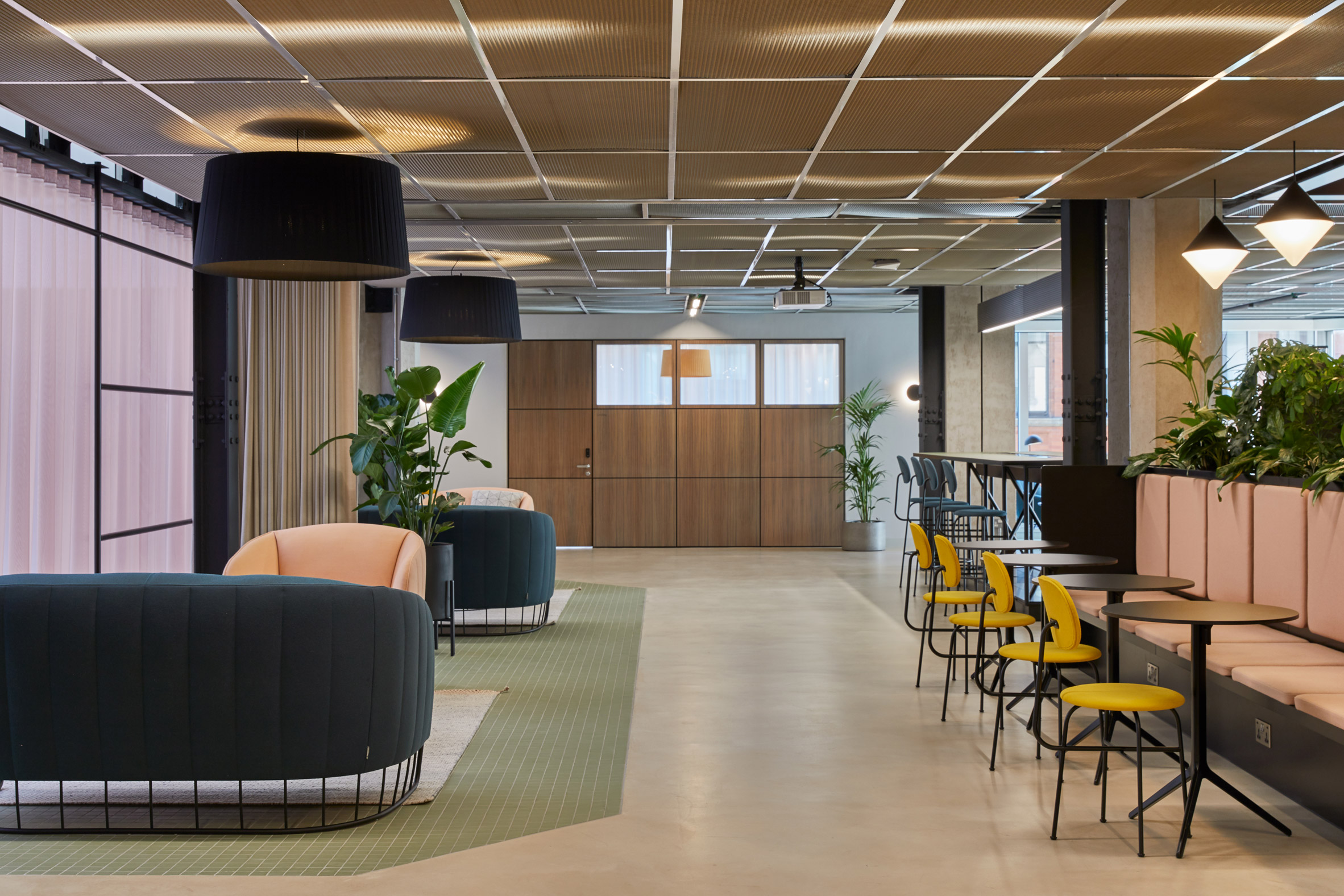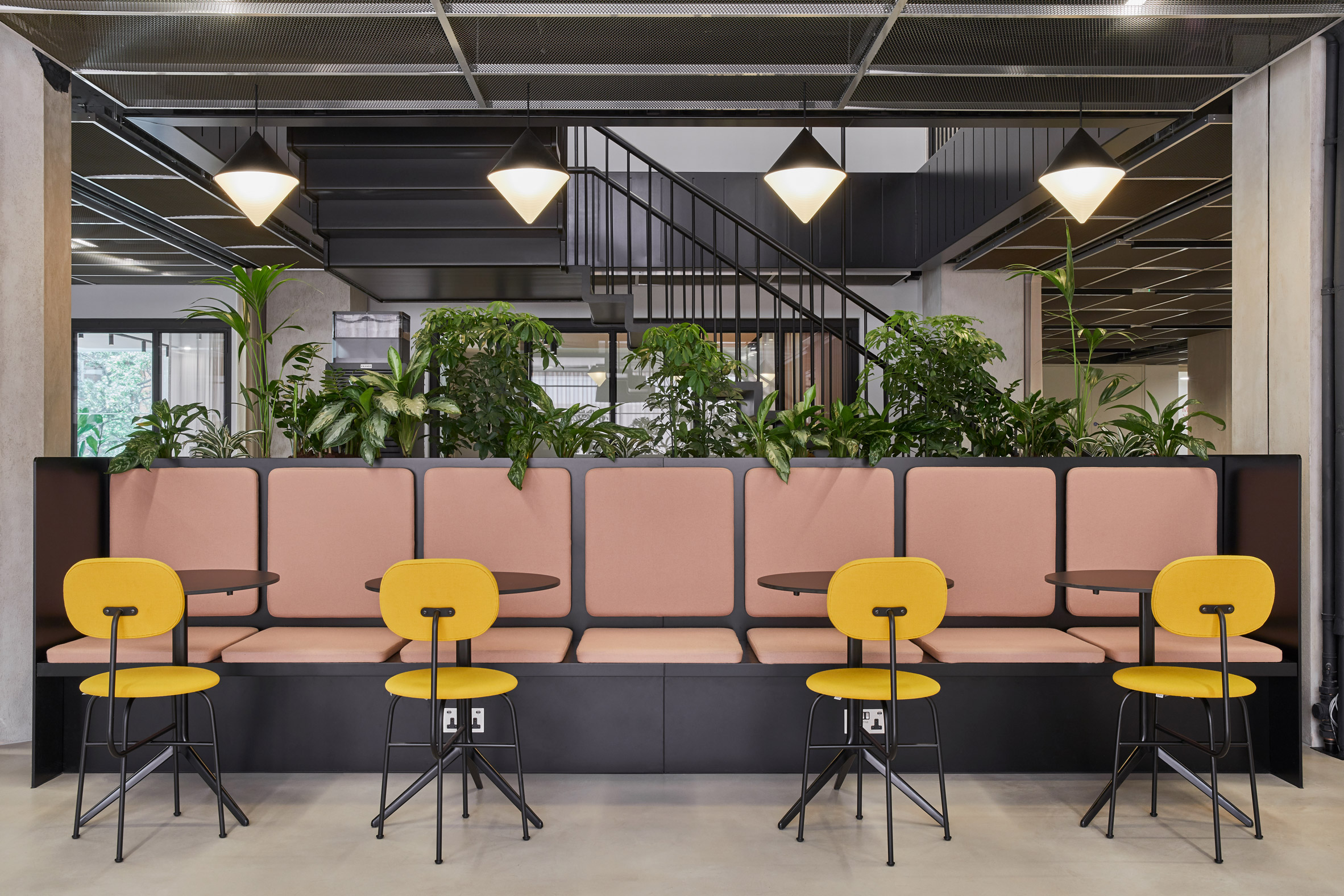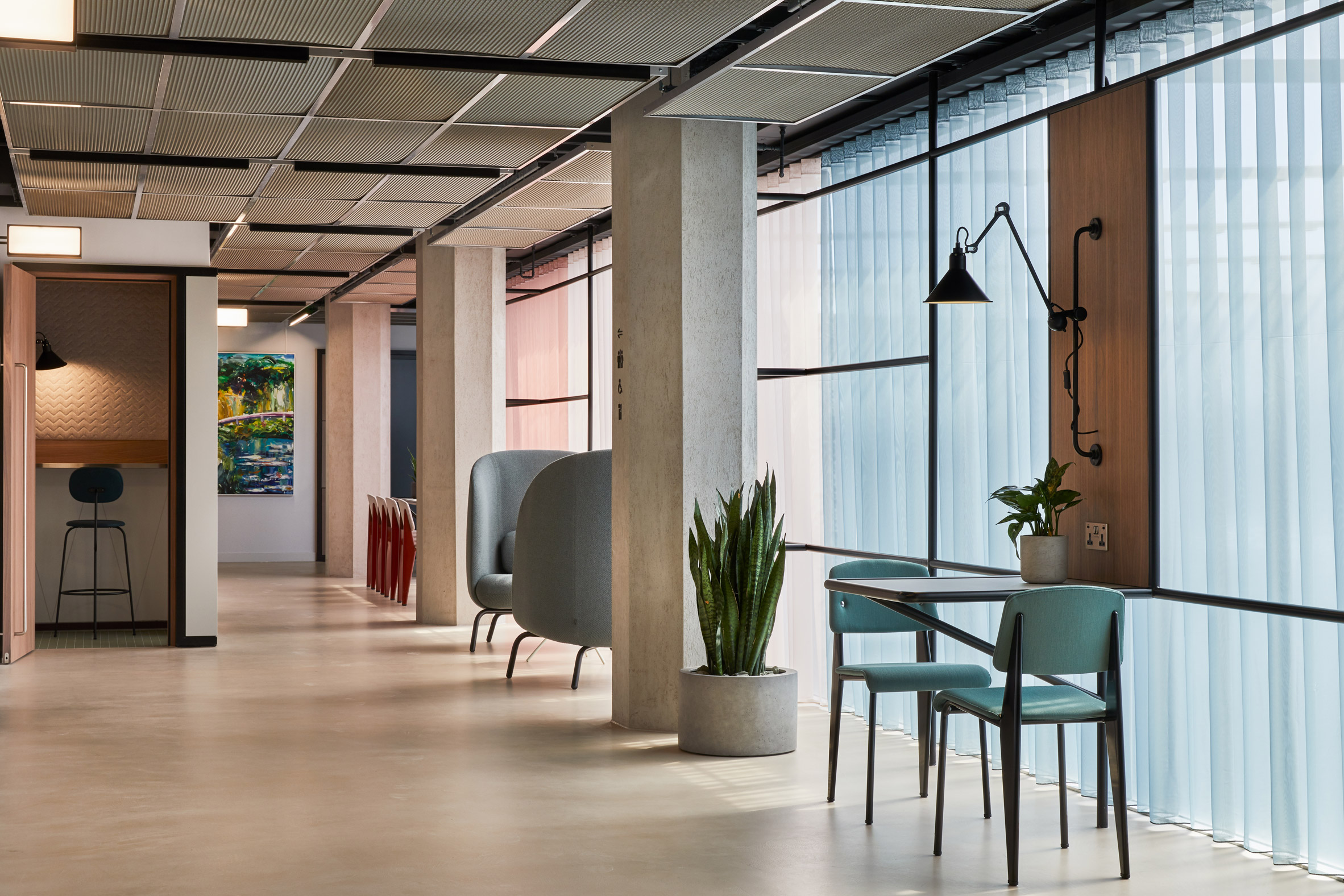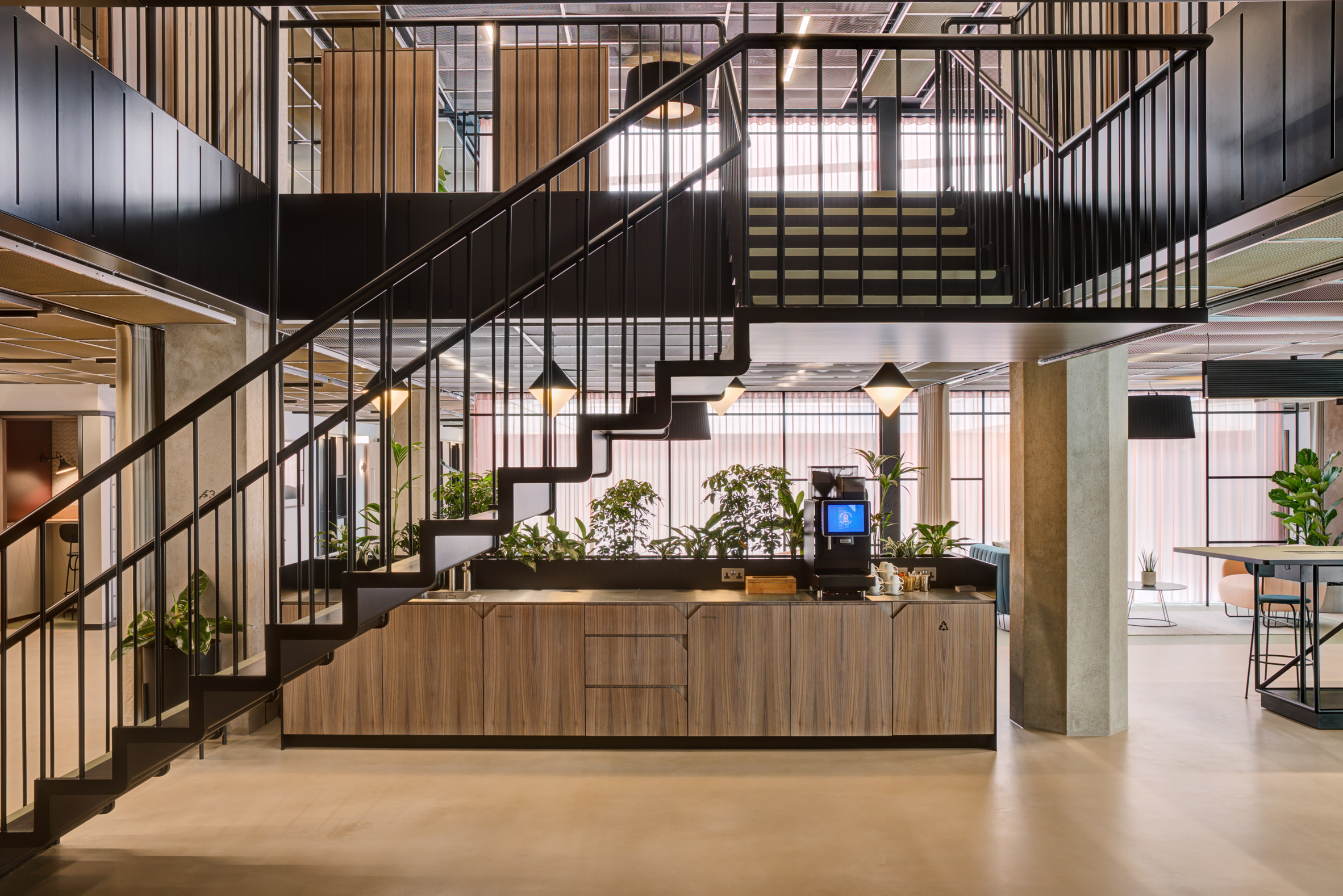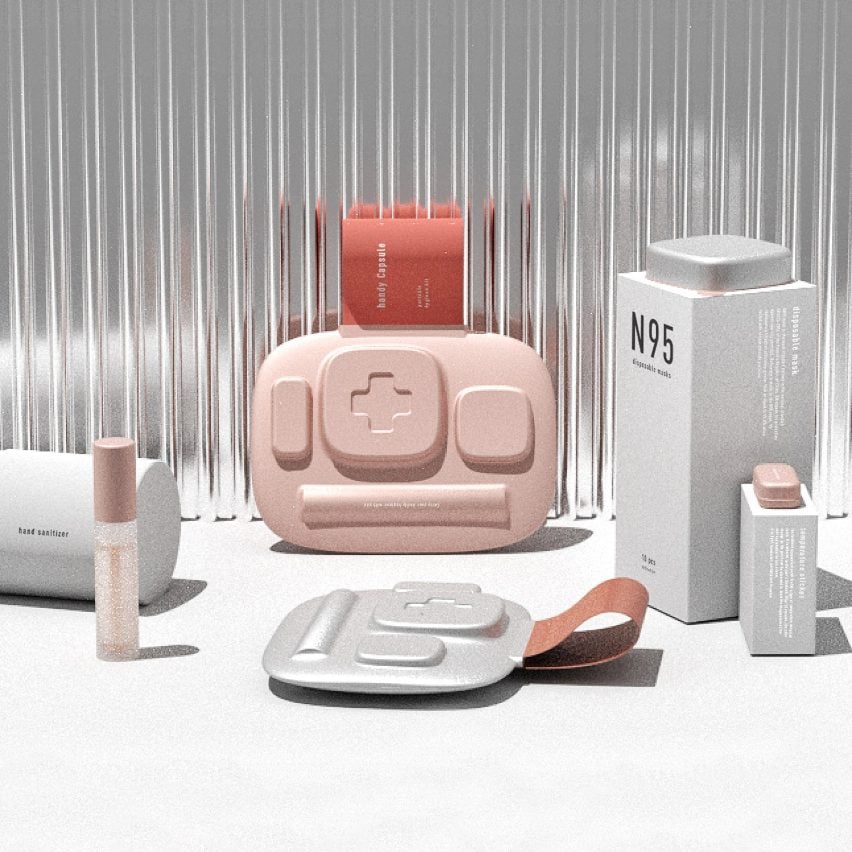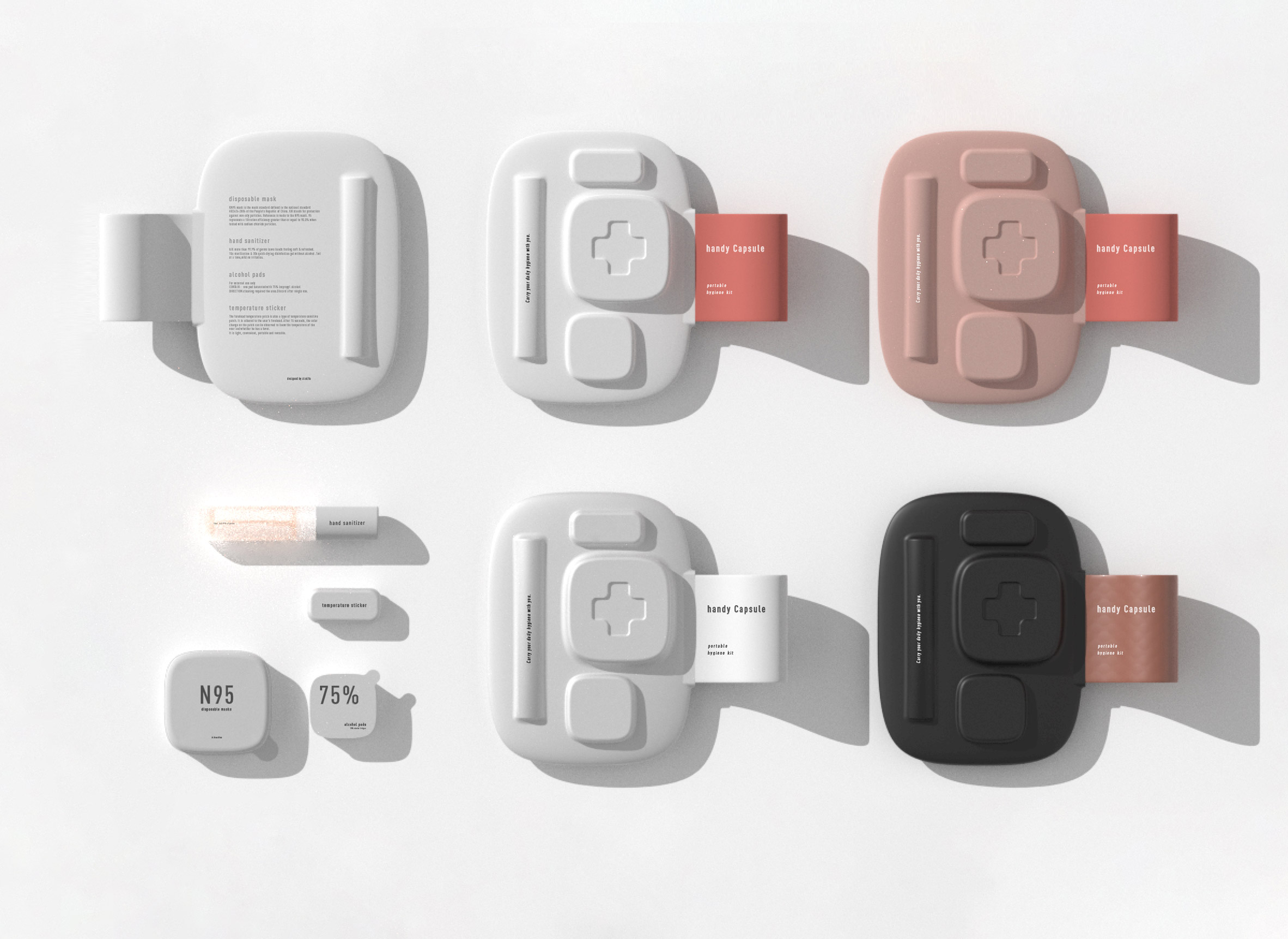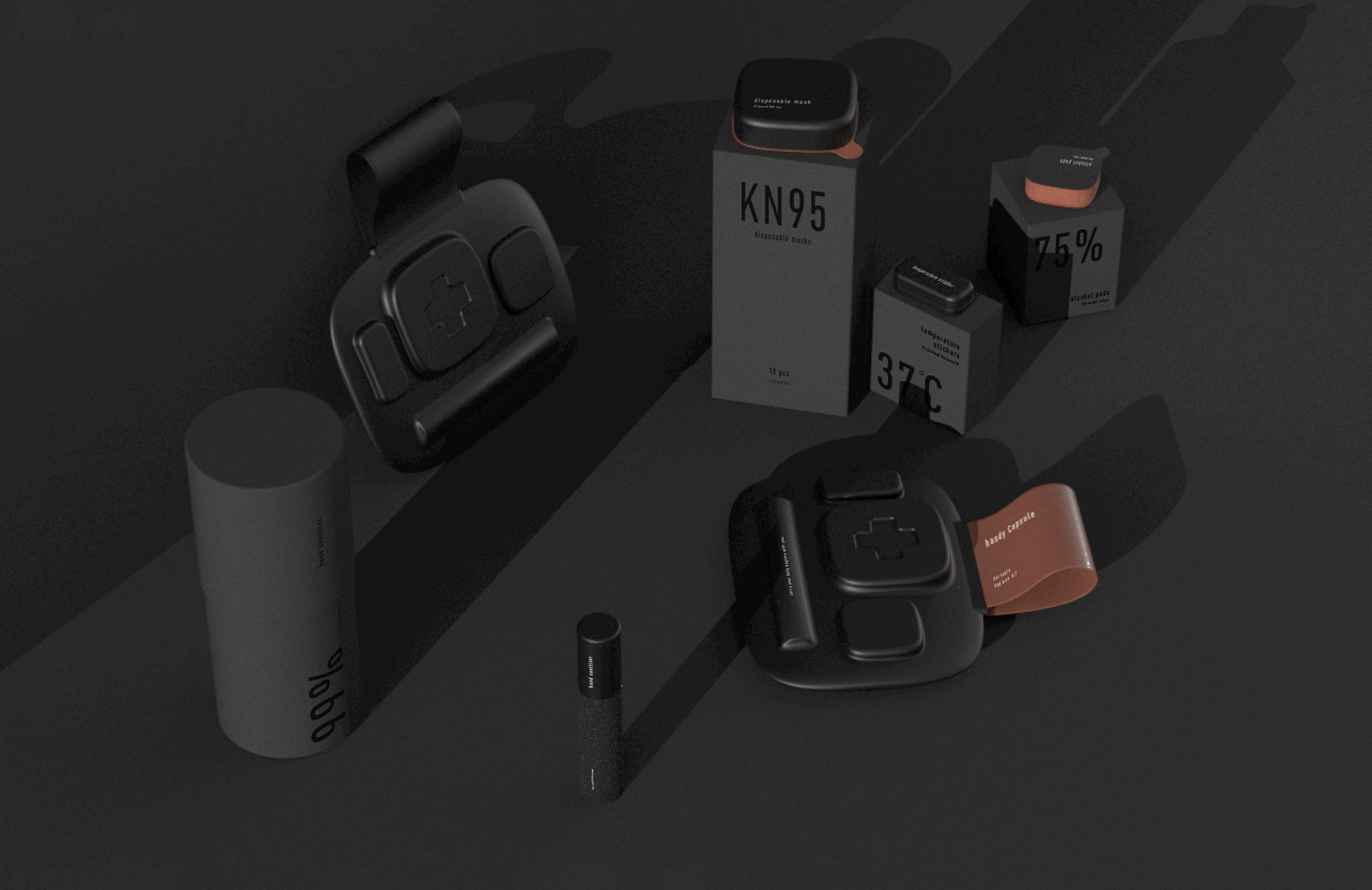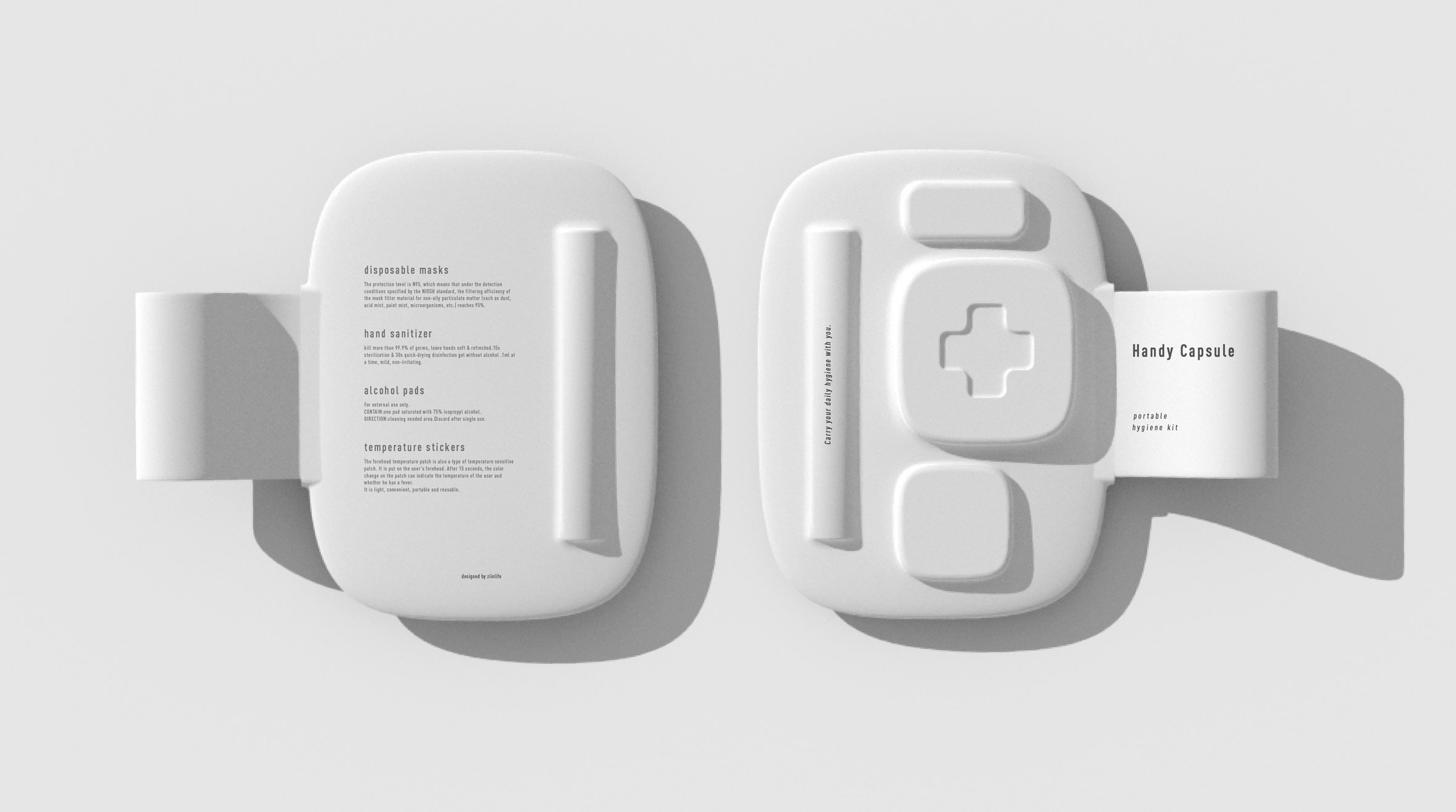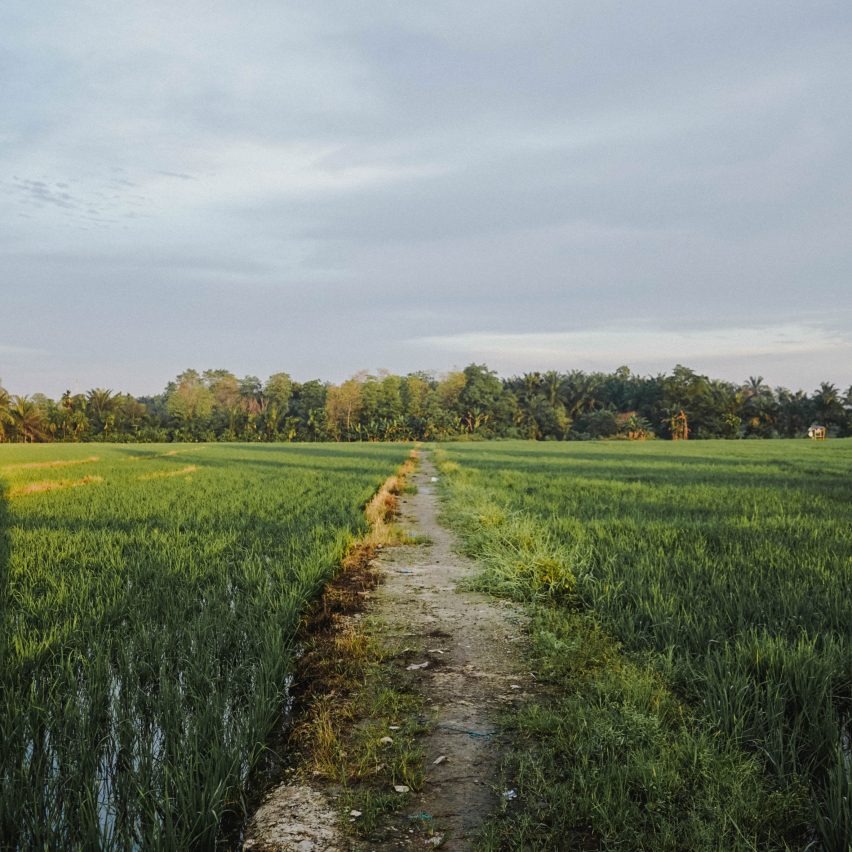
Coronavirus has changed the relationship between cities and their rural hinterlands, writes Mimi Zeiger, casting new light on the essays accompanying Rem Koolhaas' now-shuttered Countryside exhibition.
Reading Countryside, A Report, a book of essays on rural areas by the Dutch architect and his research studio AMO, during the time of Covid-19 is like trying to learn to swim by watching a goldfish.
Produced as a catalogue to accompany the currently shuttered exhibition Countryside, The Future at New York's Guggenheim museum, the small paperback has a silver foil cover designed by Irma Boom that glints appealingly as it catches the light. The words "Countryside in your pocket! $24.95" advertise an accessible price point.
There's something slippery – a little too smooth even for Koolhaas – in condensing the countryside into a flashy softcover. Even writer Stuart Brand had the sense to give American counterculture magazine Whole Earth Catalog a larger trim size. Similar critiques were levied at the scope of the Countryside exhibition, and critics took issue with the filling of the Guggenheim fishbowl with materials that would be better served by a book.
So, here is the book. But what of the countryside?
Countryside, A Report operates in parallel with the exhibition and collects together materials from a globetrotting AMO team. The much-maligned roaming Roombas and tractors-as-sculpture found in the Guggenheim are absent. The first entry of almost two dozen essays and interviews, Koolhaas' essay "Ignored Realm" falls on page two of the report.
His text is less interested in defining country than providing a short accounting of the rise of contemporary global urbanism since 1991, a period that aligns with the global expansion of Koolhaas' architecture firm OMA and his episodic research studios at Harvard GSD.
Without raising a Capitalocene flag, he takes aim at neoliberal investment, smart city panoptic infrastructure and unchecked city growth in the Middle East, Africa and Asia. Koolhaas claims the rural as a kind of "back of house" for all this urbanism. He writes that the countryside is "a glaringly inadequate term for territory that is not urban". It is too vast to be truly knowable. It is leftover, other.
Over the past few weeks, urbanites from Paris, Madrid and New York fled to country houses
Othering is always troubling, but othering right now is particularly damning when populations in first world urban centers are confined like goldfish to apartments and houses. From our little glass bowls, we measure our lives in increments of six feet and idealise the world outside the city gates. As dense metropolises become overwhelmed by virus outbreaks, the countryside is seen as an escape hatch. Especially, for those who can afford access to relative isolation.
Over the past few weeks, urbanites from Paris, Madrid and New York fled to country houses, billionaire preppers retreated to their rural compounds, igniting fear and putting pressure on residents in small towns and villages. In mid-March, Norway's health minister banned city denizens from retreating to their mountain chalets. The New York Times reported that a county in the Catskills discouraged coronavirus refugees with a message on its website reading: "Greene County is a large rural county with NO hospital!"
Meanwhile, those remaining cleaned out nursery supplies of seeds, lettuces and potting soil in the hopes of establishing a micro countryside of one's own. Monkeys, bighorn sheep and coyotes reclaimed empty streets and plazas; proving, perhaps, that the boundary between urban and ex-urban isn't so hard and fast as we'd like to believe. Indeed, the push of development into the habitat of bats and non-human primates underlies many virus origin narratives.
Yet, painting the countryside as utopic, both as escape and as source of inspiration, raises bloody ghosts of colonisation
At the end of his introduction, Koolhaas finds consolation in the countryside as the source of new ways of thinking, building, cultivating that "make it possible that we don't all end up unhappily huddled together in cities". It is, as he writes, "A base from which to make the world a better place".
Yet painting the countryside as utopic, both as escape and as source of inspiration, raises bloody ghosts of colonisation. As sci-fi novelist China Miéville pointed out in a 2014 essay that questions who is included and excluded from utopia and at what cost, "Utopia, for one thing, has never been the preserve of those who cleave to liberation. Settlers and expropriators have for centuries asserted their good environmental sense against the laziness of feckless natives, in realising the potential of land spuriously designated empty, of making so-called deserts so-called bloom".
It would be unfair, however, to categorise Koolhaas and the AMO researchers behind Countryside, A Report as "settlers and expropriators". If anything, they are intrepid explorers into the vast unknown – not tourists, but not anthropologists, either. Most of the essays are written in the first person and include a wealth of travel-log type observations alongside more bookish arrangements of facts, a format designed to resemble reportage.
The team is deployed across the globe to witness phenomena: melting permafrost in Yakutak, Siberia; gorilla conservation in Bwindi Rain Forest, Uganda; industrial greenhouses in Shouguang, China. "It feels Houellebecqian," writes author Stephan Petermann of Shouguang, exposing a mordant, Eurocentric world view despite the far-flung locations.
Koolhaas and the AMO researchers are intrepid explorers into the vast unknown – not tourists, but not anthropologists, either
In one of the stronger essays, "Eurodrive: Repopulation Utopia", writer and architectural historian Niklas Maak travels to several rural European hamlets depopulated by natives for reasons mostly economic and repopulated by immigrants for reasons mostly political.
In the case of Manheim, Germany, first settled by land grant in 898AD, original residents had moved five miles away to New Manheim because of an encroaching open-pit mine – the largest in Central Europe. In 2016, some 260 refugees from Iraq and Syria were given temporary shelter in what was once a ghost town.
The story reads as one part feelgood – new residents revitalised the abandoned shops and schools – and one part dubious. Where are the jobs and economic drivers that can support this population? And does the placement of refugees in rural areas amount a kind of altruistic segregation? Maak doesn't directly answer these questions. He does, however, introduce an interesting twist.
In 2019, the Hambach Forest surrounding both Manheim and the pit mine became ground zero for hundreds of young climate activists protesting the destruction of regional habitat. While they built treehouses and linked arms in front of bulldozers, Maak notes that most of the refugees had left the red-brick village for other towns and cities.
More successful moments come from those with expertise and knowledge grounded in lived experience
Closer to my own backyard, Anne M Schneider's road trippy "Off-(Jefferson's) Grid" heads out on the 10 Freeway in search of something non-Cartesian and finds the now-cliched relics of literati who drove into the Sonoran landscape before. Twentieth-century writers, historians, and philosophers, like Hunter S Thompsom, Reyner Banham, and Jean Baudrillard each ventured into the American desert. They found Cold War after images, zealots and utopians.
Schneider visits societal dropouts at Slab City and architectural mystics at Arcosanti. But she misses a couple more germane facets of this dusty countryside: the rise of giant greenhouses for marijuana cultivation just outside of Palm Springs, border wall construction decimating indigenous sacred ground, and the fact that Saudi Arabian entities own many of those rolling green alfalfa fields she spies near the Salton Sea. These examples are, frankly, more Koolhaasian, in that they touch on the kinds of global-political interconnections that drive the overall exhibition and report.
Decades ago, Koolhaas debuted the idea of architect as peripatetic philosopher – a role that he not only exemplifies, but also one that went viral within the discipline. But reliance on such figures was on the wane prior to our current moment when self-isolation has clipped the wings of global nomads and when political figures and pundits have eroded edges between fact and fiction.
As such, more successful moments in Countryside, A Report come from those with expertise and knowledge grounded in lived experience, such as a conversation with Lanny Faleide, creator of the satellite analysis companies Satshot and a group of other North Dakota farmers, which links the politics of the 1996 Freedom to Farm Act with the rise of high-yield, technology-driven, precision farming.
Lenora Ditzler best describes the kind of interdependencies, not binaries, at play between urban and rural conditions
Scientist Lenora Ditzler works on pixel farms, or, as she writes "a matrix of compatible crops and culturally woke "eco-feminist" bots to harvest them". By writing about her experiments in farming micro plots as part of the Farming Systems Ecology Group at Wageningen University in the Netherlands, she best describes the kind of interdependencies, not binaries, at play between urban and rural conditions.
"Pixel farming is diverse communities of plants, packed in next to each other in small spaces, neighbors borrowing from each other, insect visitors navigating foliated avenues, colonies of uninvited but tolerated flora occupying the awkward spaces in between, all of it somehow coexisting," writes Ditzler.
She paints a picture of city/countryside hybridity – past, present and future. It may be one that Koolhaas really wants us to see or, given our current socially quarantined status, it is the co-mingled future we desperately desire.
Photograph is by Jesman Fabio, courtesy of Unsplash.
The post "As dense metropolises become overwhelmed, the countryside is seen as an escape hatch" appeared first on Dezeen.
from Dezeen https://ift.tt/2wuoT1b
